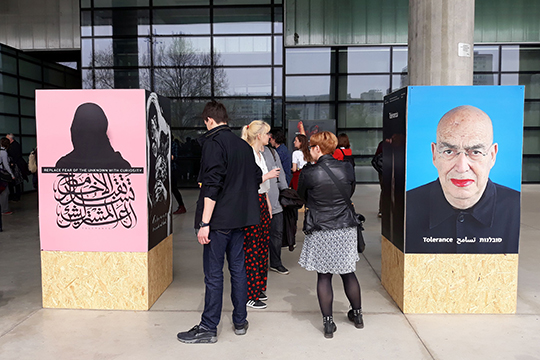
Croatian museums broke the record with 5,446,881 museum visitors in 2018, as shown by the annual museum attendance survey conducted by the Museum Documentation Center. Out of 160 legally registered museums in Croatia, 126 responded to the survey (78%). Compared to 2017, the numbers show that museum attendance in 2018 increased by almost 17%.
As in previous years, the most visited museum this year is the Archaeological Museum of Istria, with 575,856 visitors. Coming in second place is the Natural History Museum of Rijeka (455,913 visitors), followed by the Klovićevi Dvori Gallery in third (344,067 visitors), the Split City Museum in fourth (323,618 visitors), and fifth the Dubrovnik Museums (234,457 visitors). First, let us not forget that the Archaeological Museum of Istria and the Split City Museum owe their high figures to the tourist attractions they manage (the Arena in Pula and the Cellars of Diocletian''s Palace in Split). Secondly, the Natural History Museum of Rijeka besides attendance at the museum and its two remote localities additionally reported 400,000 estimated visitors to four exhibitions set up at the Fish Market and Tito’s Square in Rijeka, and also in the center of Mali Lošinj.
According to the type of museum program, the largest increase is noted in attendance at temporary exhibitions from 684,052 in 2017 to 1,193,435 visitors in 2018, as a consequence of the 400,000 visitors mentioned earlier. Visits to permanent exhibitions slightly declined in 2018, but the number of 2,529,216 visitors is not indicative since the attendance at the Arena in Pula and Diocletian''s cellars in Split are persistently reported in the category permanent exhibition rather than in the designated category dislocated collections and localities. What is of particular concern is the continuing decline recorded in the category of educational programs which fell 47% in two years, from 264,739 in 2016 to 139,852 in 2018.
According to the type of museum visitors in 2018, the number of elementary school students dropped from 585 to 536 thousand, and the number of high school students also dropped from 144 to 128 thousand. When it comes to the reported 1,000,000 foreign tourists, the figure does not necessarily correspond to the real situation, because some museums still do not keep records of tourist visits.
Attendance at events, openings, promotions, and other activities, jumped from 206,000 in 2016 to 675,000 in 2018, or by 228% (the Klovićevi Dvori Gallery attracted 200,000 new visitors thanks to the Festival of Lights and the Advent at Klovićevi Dvori). At the same time, Museum Night rose from 142,893 visitors in 2017 to 216,000 in 2018, and International Museum Day from 15,952 to 16,771.
Two years ago the MDC revised the annual visitor survey table, adding a more specific categorization of visitors, to provide a more accurate insight into the structure of museum visitors. This improvement to the methodology can help to develop future museum programs, tailored to the specific needs of the target audience. However, although most museums stick to the given categories and realistically present data, the survey in some segments still does not give us an accurate enough insight into the structure of our visitors. In conclusion, the importance of museum attendance statistics does not correspond to big (and inflated) numbers, instead, we should be interested in finding out who our visitors are.
Visitor survey 2018 (pdf)
(Maja Kocijan, published originally in News from the Museum World 86, 9 April 2019; translated by Ivona Marić)